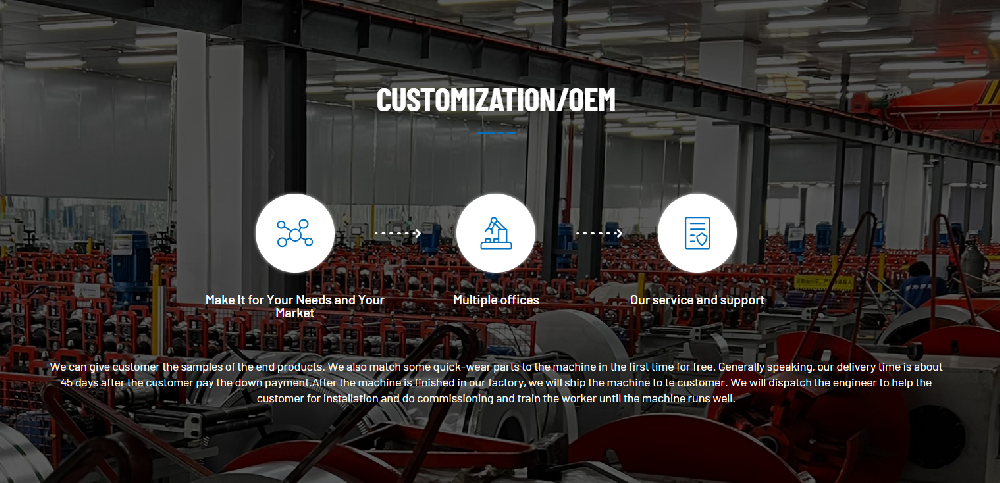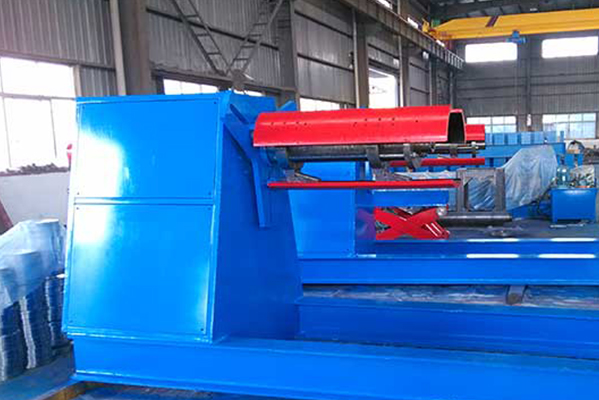Navigation Menu
Contact Us
- Email:
- info@wxavatar.com
- Address:
- Yurong Village, Yuqi Street, Huishan District, Wuxi, China.
Release Date:Aug 21, 2025 Visit:44 Source:Roll Forming Machine Factory
A hydraulic decoiler is a critical component in metal processing lines, ensuring smooth uncoiling of heavy coils for roll forming, stamping, or cutting. Proper maintenance is essential to maximize uptime, maintain precision, and extend the equipment’s service life.

1. Regular Inspection of Hydraulic Components
Check hoses, fittings, and cylinders for leaks or wear.
Inspect hydraulic fluid levels and quality; replace contaminated or degraded fluid to maintain proper pressure and performance.
2. Lubrication of Moving Parts
Keep bearings, gears, and shafts properly lubricated according to the manufacturer’s specifications.
Use the recommended lubricant types to reduce friction, prevent overheating, and minimize wear.
3. Check Coil Expansion and Clamping Mechanisms
Inspect the hydraulic expansion system regularly to ensure secure coil gripping.
Verify that clamps and locking pins function smoothly to prevent coil slippage during operation.
4. Monitor Tension and Braking Systems
Test tension control and braking mechanisms to ensure consistent material feed.
Adjust settings if necessary to avoid slack or overfeeding, which can damage coils and downstream equipment.
5. Keep the Decoiler Clean
Remove dust, debris, and metal shavings from the machine, especially around moving parts and the hydraulic system.
A clean work environment reduces wear and minimizes the risk of malfunctions.
6. Periodic Alignment and Calibration
Ensure that the decoiler is properly aligned with the roll forming or stamping line.
Check calibration of sensors, PLC controls, and automated feeding systems to maintain precision.
7. Follow Manufacturer’s Maintenance Schedule
Adhere strictly to recommended service intervals for parts replacement, fluid changes, and system checks.
Keep detailed records of maintenance activities to identify recurring issues and plan preventive maintenance.

Conclusion:
Following best maintenance practices for a hydraulic decoiler—including regular inspections, proper lubrication, tension monitoring, and scheduled calibration—ensures reliable performance, reduces downtime, and prolongs equipment life. For high-capacity production lines, consistent maintenance is key to keeping operations smooth and cost-effective.